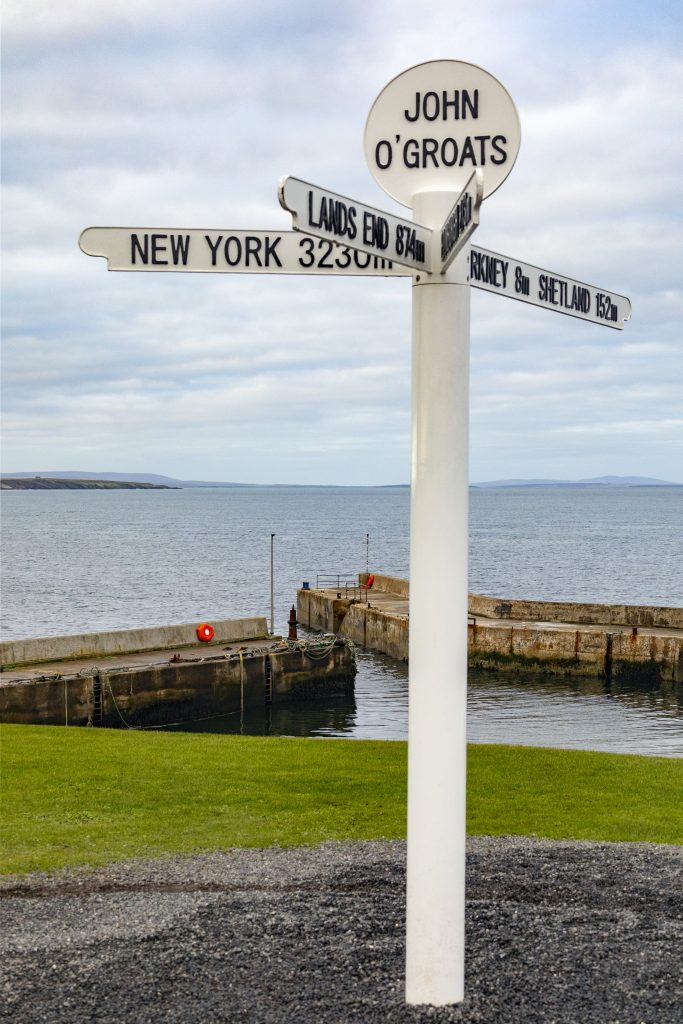
Driving in Scotland:
Road Safety Rules and Tips
Scotland is a land of breathtaking landscapes, rich history, and unique culture. It’s a popular destination for tourists who want to explore its rugged beauty and experience its famous whisky, castles, and bagpipes. When it comes to driving in Scotland, however, it’s essential to be aware of the rules and road safety measures to ensure your trip is as safe as it is scenic.
One of the biggest challenges for drivers in Scotland is the country’s narrow, winding roads. Many of the roads in Scotland were built hundreds of years ago, and were not designed with modern vehicles in mind. As a result, they can be narrow, with tight turns and blind corners. This can make it difficult to drive at high speeds, and can increase the risk of accidents.
In addition to their narrowness, many of Scotland’s roads are also quite hilly and mountainous. This can make them even more challenging to navigate, as drivers must constantly adjust their speed and braking to account for changes in elevation. In some cases, the roads may also be steep and winding, which can be especially difficult for drivers who are not used to these types of conditions.
Driving in Scotland can also be complicated by the weather. Let’s face it: no one comes to Scotland for the sunshine (although, contrary to popular belief, we do actually get some!), and, in fact, the country is best known for its rainy, windy, and sometimes snowy weather, which can make driving conditions quite hazardous. In particular, heavy rain can cause flooding on some of the country’s roads, making them impassable for days or even weeks at a time. In addition, strong winds can make it difficult to maintain control of a vehicle, especially on exposed stretches of road.
Despite these challenges, there are some things that drivers can do to stay safe on Scotland’s roads.
Read on to find out more…
Familiarize yourself with the road signs and markings
Before setting out on your journey, take time to study the road signs and markings, which differ from those in other countries. For example, in Scotland, the speed limit signs are in miles per hour (mph) instead of kilometers per hour (km/h). Also, some of the road markings such as the zigzag lines outside schools and pedestrian crossings signify no stopping or parking. Understanding the road signs and markings will help you stay on the right side of the law and avoid penalties. In places like the Isle of Skye, and other parts of the Highlands, road signs may also be in Gaelic as well as in English, however the English translation should always be provided too.
Always drive on the left-hand side of the road
In Scotland, as in the rest of the UK, you drive on the left-hand side of the road. If you’re not used to driving on the left, it can be challenging at first, but with practice, you’ll get the hang of it. Remember to keep to the left at all times, especially when turning or overtaking.
Wear your seatbelt and ensure all passengers do the same
Wearing a seatbelt is compulsory in Scotland, and failure to do so can result in a fine. Ensure that you and all your passengers wear seatbelts at all times, even if you’re just driving a short distance.
Observe the Speed Limit
Speed limits in Scotland are an important part of the country’s road safety regulations. They exist to protect both drivers and pedestrians, providing a safe environment on the roads. In Scotland, there are different speed limits based on the type of vehicle being driven, as well as the location and type of road.
The general speed limit for cars in Scotland is 70 mph on motorways, 60 mph on dual carriageways and 50 mph on single carriageways. However, some areas may have different speed limits set by local authorities. For example, a 30 mph limit is quite common in built-up areas such as cities or towns. Drivers should always be aware of any local speed limits when driving in these areas and adhere to them.
In Scotland, it is illegal to drive faster than the posted speed limit; this includes travelling over the white line at traffic lights when turning left and exceeding minimum speeds indicated by advisory signs marked “minimum”. Exceeding these limits can result in heavy fines or even imprisonment depending upon severity of the offense.
The Scottish Government has implemented various measures to help reduce speeding across the country such as introducing average speed cameras that monitor drivers’ speeds between two posts instead of at a single fixed point such as a police camera van.

Child Care Seat Safety
Traveling to the United Kingdom with children can be a wonderful experience, but it is important to make sure you are aware of and follow all applicable child car seat rules. The UK has specific laws governing the use of child car seats when traveling in a vehicle.
All children must be properly strapped into an appropriate child car seat while traveling in a motor vehicle, as required by law. Children under 12 years old or weighing less than 135 cm (approximately 4’5″) must use an appropriate child car seat. Depending on their age and weight, this could include a rear-facing baby seat, forward-facing toddler seat, booster cushion or booster seat with a backrest.
It is important that the correct size of car seat is chosen for each individual child based on their height and weight. It is also essential that the seats are fitted correctly according to the manufacturer’s instructions for your particular make and model of vehicle. If you are uncertain about how to fit the car seat properly, many shops and garages offer free fitting services.
Children aged between 3 and 12 years old (or over 135 cm tall) should travel in a booster cushion or booster seat with backrest, depending on their age and size. They must also use either a lap or lap-and-shoulder belt depending on which type they can reach comfortably across their body.
It is important to note that although some children may fit an adult safety belt earlier than the prescribed ages above, it is not safe for them to do so until they are at least 12 years old due to the physical differences between adults and children when it comes to being restrained in an accident situation.
Finally, it should be noted that if you are visiting from abroad with your own child car seats they must meet current UK standards before they can be used legally within the country. You should check with your hire vehicle company if your own seats will meet these requirements before travelling with them.
Following these simple guidelines can help ensure that your family travels safely if you decide to visit the United Kingdom with young children who need to use car seats during your stay.
